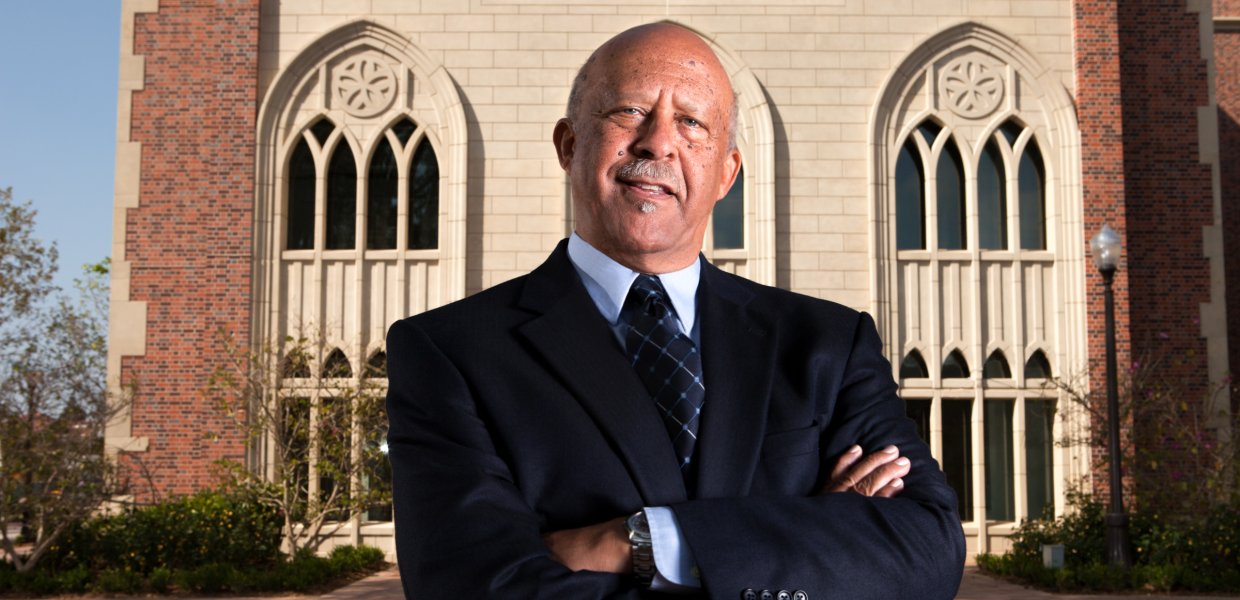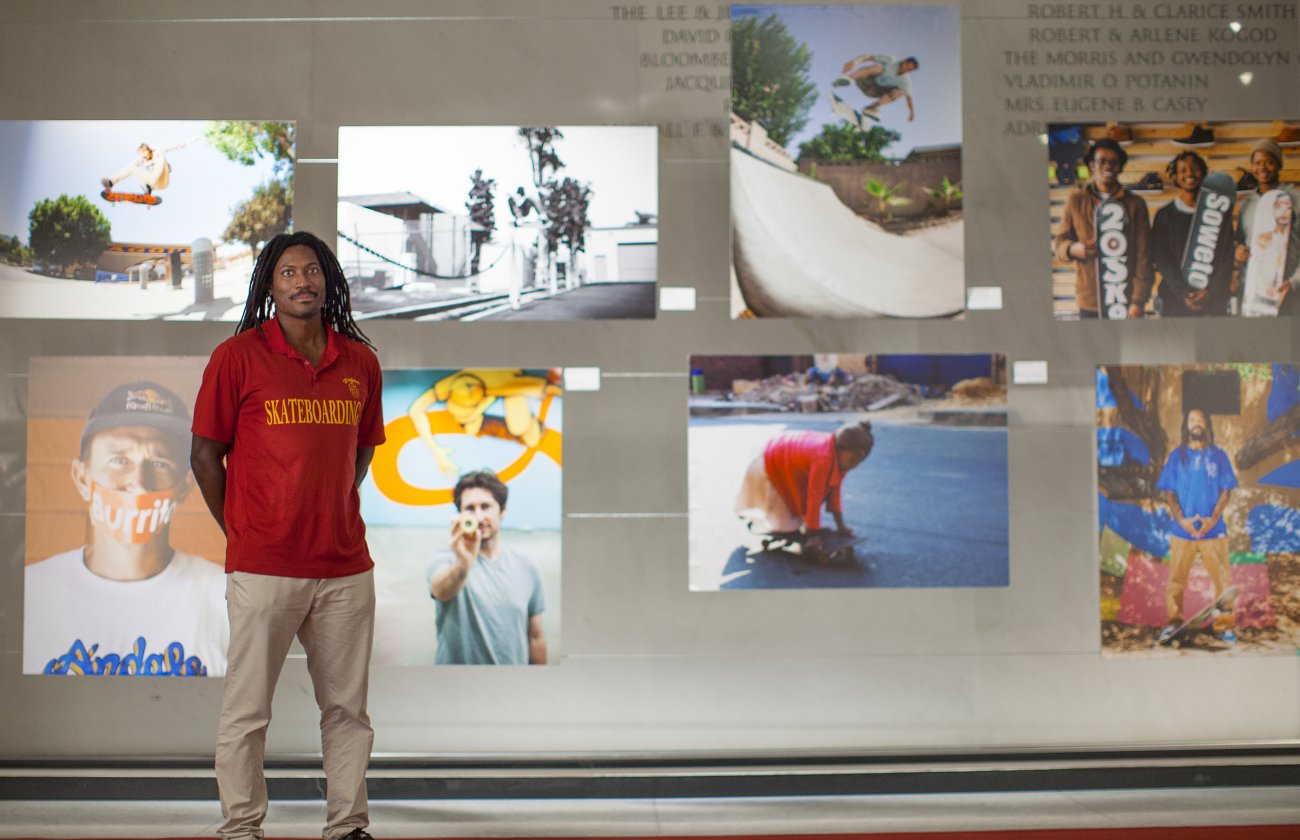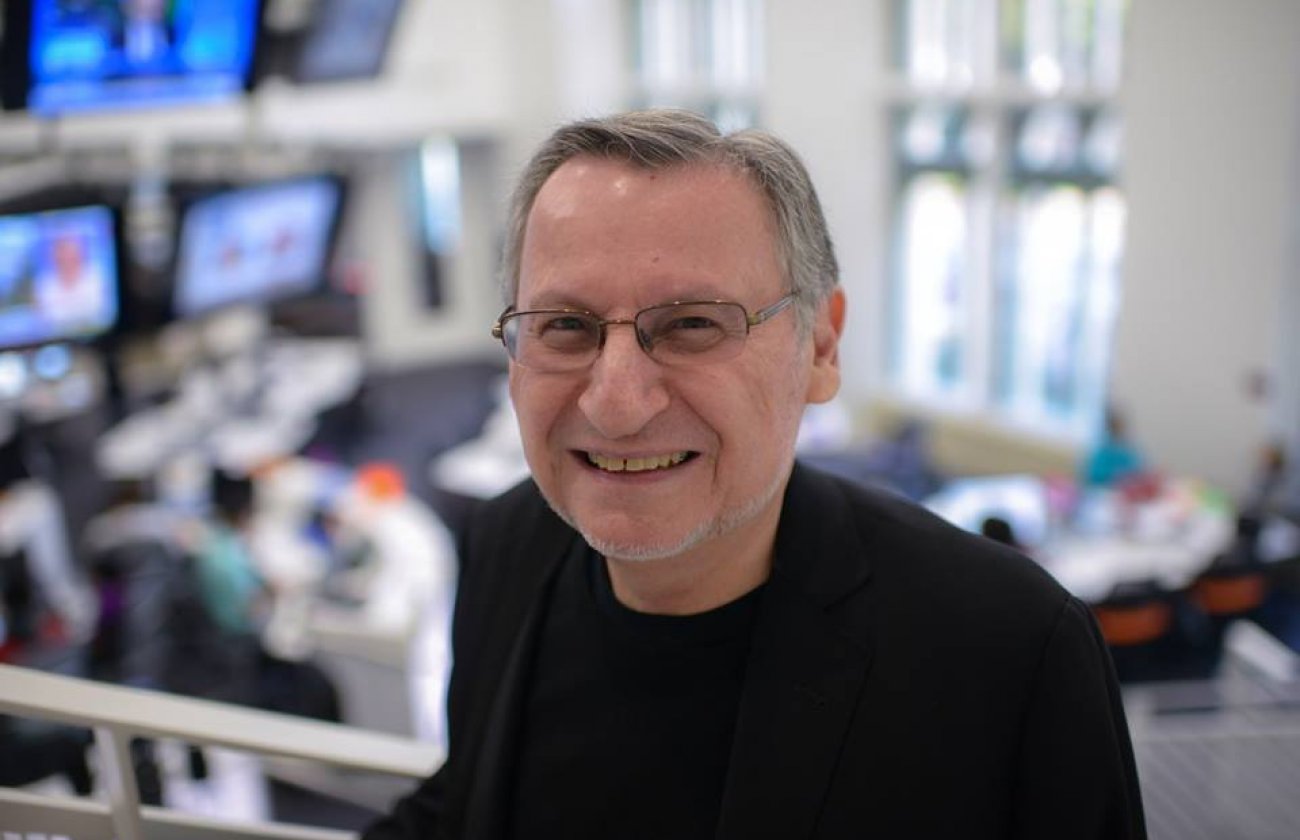Not long ago, the LA River was an ignored body of water. It had no respect. But Mayor Garcetti has appealed for millions in federal funding for the LA River Revitalization Corp. Activist nonprofit groups have popped up, turning it into one of the city's most celebrated environmental causes. And now world renowned, LA-based architect Frank Gehry is paddling through these roiling waters.
The Los Angeles Times recently reported that the city has come to Gehry asking him to "give the river visual coherence, brand it and make it into something special." Gehry, who has designed celebrated stand-alone buildings all over the world, including LA’s Disney Concert Hall, told them he wasn't interested in building a monument. He would take on the project only in terms of hydrology, and deal with it as a water reclamation project, delving into the issues of water first.
This is a stunning example of what we at USC Annenberg are calling, within our new ‘Third Space’ initiative, 360 degree thinking. This is the kind of thinking our students are being challenged to utilize in their studies and the jobs they enter. When confronted with an issue, do they think only in a straight line, or do they think in all directions — in a sense, with their eyes and brains moving in a full 360-degree circle, seeing innovative solutions everywhere? In addition to 360-degree thinking, are they adaptable, culturally competent, empathetic, and intellectually curious?
USC Annenberg is asking these same questions of the business community, within and beyond media and communications. McKinsey’s Global Institute has estimated that without these kinds of ‘soft’ skills, American business is leaving as much as a trillion dollars on the table. Companies are telling us that these are the kinds of skills they are searching for.
Third Space is a connective way of thinking, looking at seemingly chaotic conditions and connecting the at-first unseen dots. Like Gehry, Third Space minds intuitively — and through deliberate education and training — know how to ask creative questions, to probe deeply into context, to gather scattered information and synthesize it all. They are the ones curious to go beyond the new technologies and media in isolation to be acutely aware of their influence on society, and society’s impact on how the technologies are actually used by real people. They are the ones who can work in creative teams evolving new ideas for a new era.
I was once privileged to have dinner Frank Gehry and to get a tour of his amazing studio; I can personally vouch that Frank is definitely a Third Space thinker. And these are the talents our faculty are now carefully cultivating in all our journalism, public relations and communication students today, to prepare them to go forth and be the leaders of tomorrow — just like Frank.
For more information on Third Space, go to uscthirdspace.com to connect with us and join our conversation.








